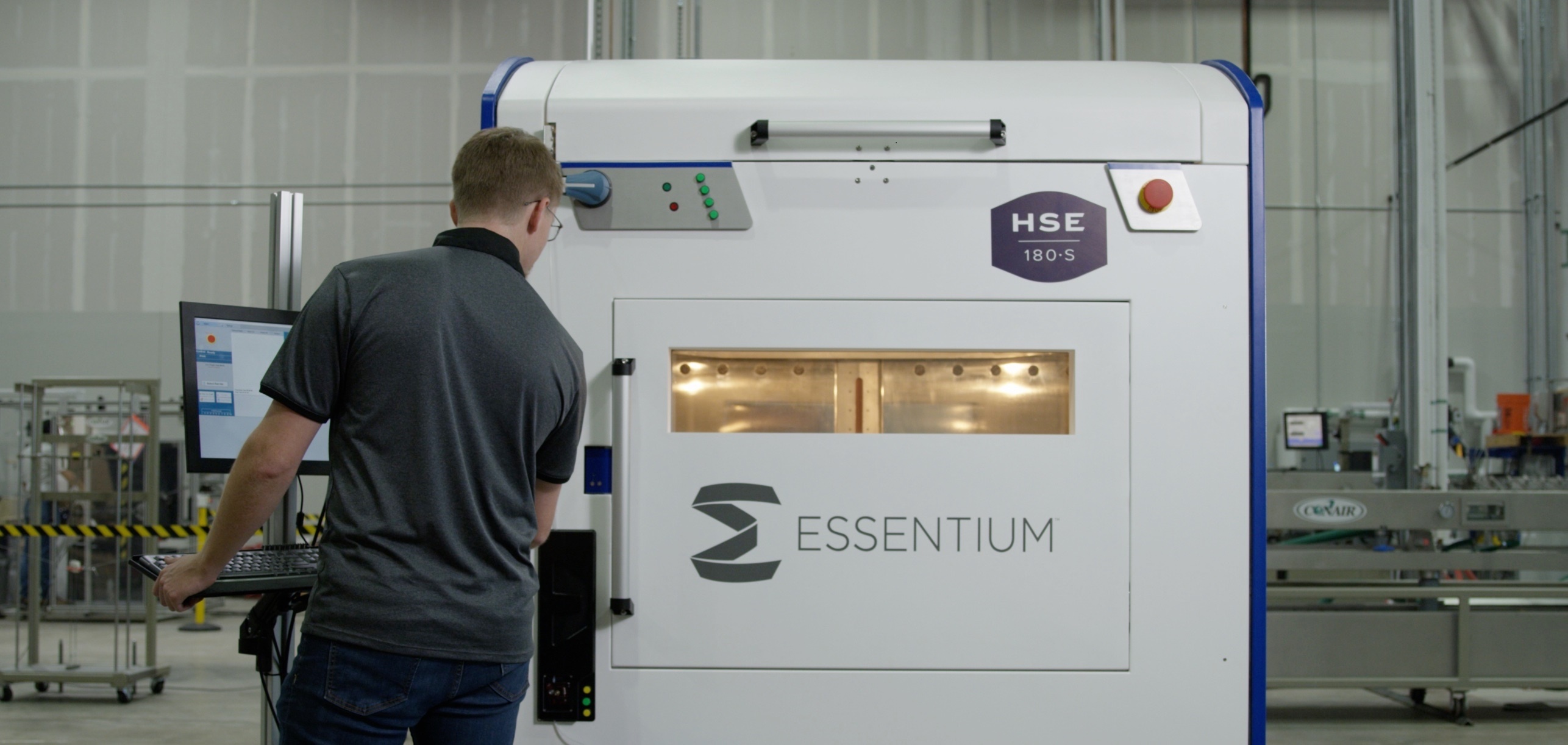August 28, 2019
Here at Essentium we think a few things have been missing in the world of 3D printing when it comes to innovation and to industrial applications. We checked in with our customers and even commissioned a 3rd party study to make sure it wasn’t just us, and then we set to work to improve outcomes for our customers and their customers.
We’re focusing on the three As. That’s ability, agility, and affordability.
ABILITY:
When we talk about ability, we don’t just mean the ability to print product, we mean the ability to scale production to meet the needs and demands of the market. In the past, additive manufacturing has been seen a prototype, one-off, custom solution, not a production solution.
That creates a gap between innovation and scale that clearly needs to be filled for additive manufacturing to fulfill its huge potential.
We’ve been tackling the ability to scale in two ways. Firstly, by delivering speed. We call that time to part. And secondly, by delivering value, or better cost per part. Without shorter manufacturing, or printing times, and lower material costs, scale cannot be achieved.
To get additive out of the prototype or engineering lab and onto the factory floor we need to deliver the ability to scale so the 3D printer fits with the rest of the manufacturing equipment. That might mean running at a cadence that fits a production line or cell. It certainly means the ability to co-exist with other equipment and software, connected through a seamless digital thread.
AGILITY:
Industry 4.0 and smart factory trends are occupying so much of manufacturers mind-space right now and agility is a key benefit of that connected intelligent solution. Now more than ever, manufacturers and the brands they serve are looking for more agile solutions to provide faster time to market and greater flexibility to make changes and to customize.
Additive can unlock agility and flexibility, from idea to finished product, which is impossible with traditional manufacturing methods.
Starting at the ideation process, the ability to print a part to explore the touch and feel of a product serves to accelerate the selection of the form factor and the industrial design process. It also allows multiple ideas to be tested and even share with a consumer focus group, all at the speed of digital.
Next prototyping. More agility is added thanks to the ability to churn through multiple iterations quickly without having to outsource expensive molding and the like. And still the need to commit to a final design and build out tools has been avoided.
Even when we get to production, engineering changes can be made simply and digitally to ensure the product that reaches the consumer is the best it can be, and not a compromise based on decisions that were forced on the team due to rigid traditional manufacturing techniques. Being able to make rapid design changes without a big impact on time to market or cost is a game-changer along with an ability to customize individual products or product subsets. This is real innovation alongside production agility.
AFFORDABILITY:
Everything comes at a price, right? Well there’s the rub. Our research shows that six out of ten users would like to use additive manufacturing on the factory floor, but nearly all those users say that today’s solutions are too expensive, and that the material costs are too high.
We see affordability as the key to the factory doors. If you can’t deliver a solution that is competitive, then that solution will only be used for the lab, for engineering, or for special projects.
The tipping point for additive manufacturing is reaching the point where it makes economic as well as technical sense.
The economics of additive are complex, but essentially affordability comes from just a few factors: the cost of the machine; the machine time used to print a part; and the cost of the materials used in that part’s production. We focused on all of these.
We developed and built the HSE, or High Speed Extrusion 3D Printing Platform utilizing techniques used in semiconductor manufacturing machine, to deliver unrivaled speed to part, along with world-class accuracy, all previously unavailable in the market. But where we started was in the development of materials and this is where we are working hard on reducing the recurring costs of manufacturing. We believe that additive manufacturing can be cost effective, and at higher volumes than previously imagined.
TRIPLE PLAY
When you bring together the triple play of ability to scale, agility to innovate and bring the right product to market quickly, and affordability driving competitiveness, then additive manufacturing suddenly makes sense in a real industrial manufacturing environment.
Essentium is working on bridging that gap and ensuring that additive manufacturing is a valuable part of the manufacturing mix of the future.
Download the full 3rd party study to learn more about the scale of 3D printing and its barriers in manufacturing.




